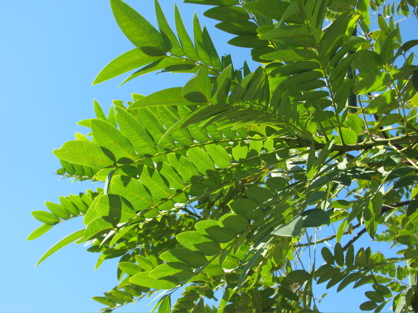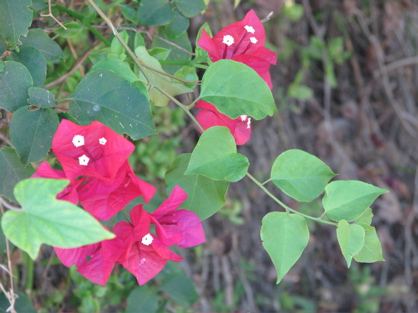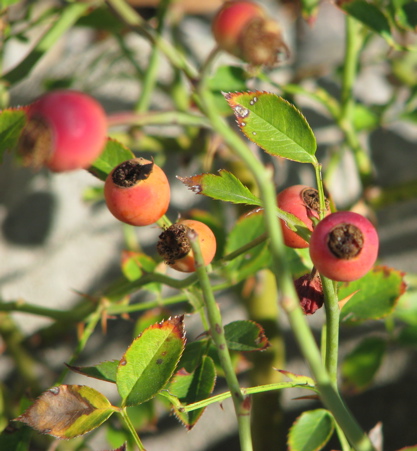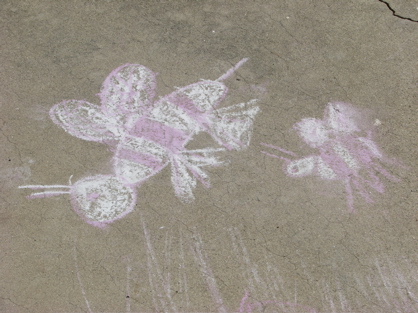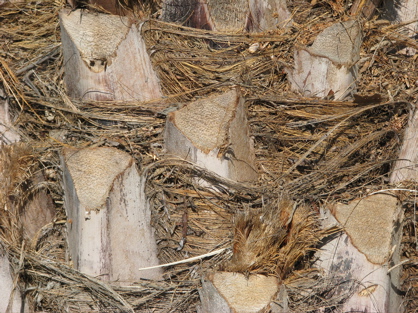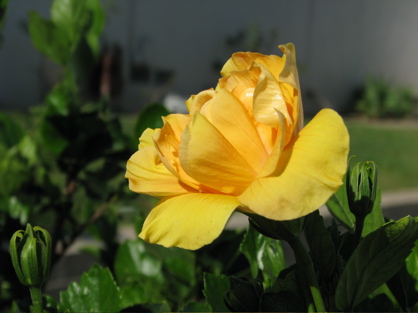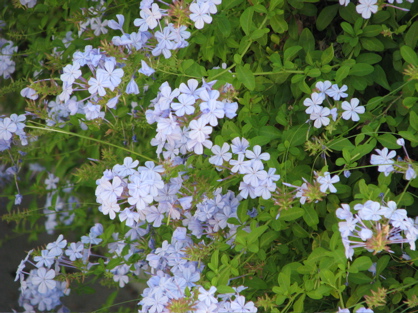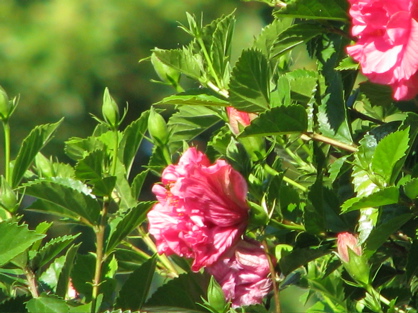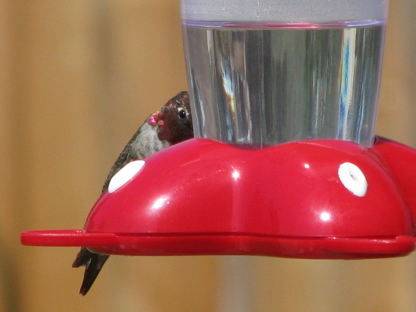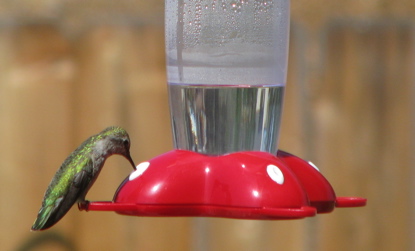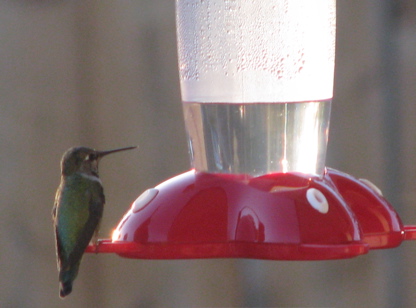It was a bit humbling to arrive here on the West Coast and realize much of my flora-and-fauna expertise was now obsolete. I don’t know the plants out here yet. Oh, sure, I could identify a bird of paradise or a palm tree—but what kind of palm tree? Got me.
Of course this just makes for a nice new sort of adventure to have with the kids, and honestly, that’s the kind of thing I like best: having a new topic of study to sink my teeth into.
I picked up a couple of field guides and also buried myself in issues of Sunset magazine, a supercool housewarming gift from a certain other East Coast transplant (which: Thank you again, my dear). Lots of local nature centers and gardens have plant labels along their paths, too, and we’ve been slowly educating ourselves that way. But the biggest coup was meeting Julia.
Julia is a young woman we bumped into at a May Fair last, um, May. She and her friend were passing out fliers for a nature studies summer camp, which sounded wonderful but didn’t fit our summer plans. We got to chatting, though, and it quickly became apparent that Julia was just the person I’d been looking for. I’d had a vague idea of hiring a college student to go on some nature walks with us, or even just walks in our neighborhood so we could learn the local landscaping plants. I’m telling you, we’re starting from square one out here!
Julia, it turns out, is an avid urban forager. This news made Jane light up. Back in Virginia, Jane attended several sessions of a nature studies camp, during which she learned (among a lot of other things) to eat her way through the woods and fields and suburban backyards. She got all the other kids in the neighborhood hooked on chickweed as a tasty, iron-rich snack and violets for vitamin C.
But about Julia. I explained what I was looking for, and we exchanged email addresses, and though it took us a while to coordinate dates, we finally managed to schedule a nature hike at Mission Trails, a large natural area close enough to home that I can take my kids there on a regular basis. We have made several visits there already and have fallen in love with its rugged, scrubby hills and rich history.
Yesterday afternoon, I dropped Rose and Jane off at the park entrance, where Julia was waiting with a smile and a backpack full of surprises. ("Grapes, Mommy! She brought grapes for us!") Of course I would have loved to go too, but this outing was a bit more than my younger set could handle. We went to the Super Exciting Grocery Store instead.
Julia had suggested an evening hike for the cooler weather and more active wildlife. And sure enough, the trekkers came home full of stories about the coyote they’d seen, and bats, and birds.
Rose said her favorite part was the twenty minutes the girls spent sitting in silence on a boulder, listening.
"At first I could only hear people noises, Mommy. But then I started to hear lots of birds, and some crickets, and wind and things rustling."
Jane filled a page in her nature book with what she called "sound sketches"—little pencil marks in waves and peaks representing the different sounds she heard. It was really pretty amazing, the way she could look at her cryptic markings and demonstrate the bird calls for me, or the sound of a bullfrog plopping into a pond.
Rose sketched the things she saw: the San Diego River, a fallen tree, a stump that looked like a dog’s head until she got close, a heart-shaped marking on a tree trunk. "I couldn’t tell whether the heart was made by a person or an animal or just Nature," she told me. During the silent listening time, she imagined a whole story about the heart, and although it was nearly nine o’clock by the time the girls were home and had torn themselves away from Julia, revealer of mysteries, Rose insisted upon writing down her story before she went to bed. She didn’t want to forget. Julia had shown the girls flat stones with rounded indentations where Kumeyaay Indian woman had long ago ground their grain. Rose imagined that the tree-trunk heart was carved by an Indian boy, but his beloved had died before he finished the carving and so the tree had finished the heart itself, curving its bark so as to complete the heart.
How blessed are we? I was looking, you know, for our "breezy open," and here it is handed to us on a stone platter, complete with a gentle and enthusiastic guide who knows the way to open a child’s heart is with grapes and a quiet space in which to listen to the wind, the coyotes, and the stories carved on trees by time and imagination.

Fortuna Peak at Mission Trails Regional Park
